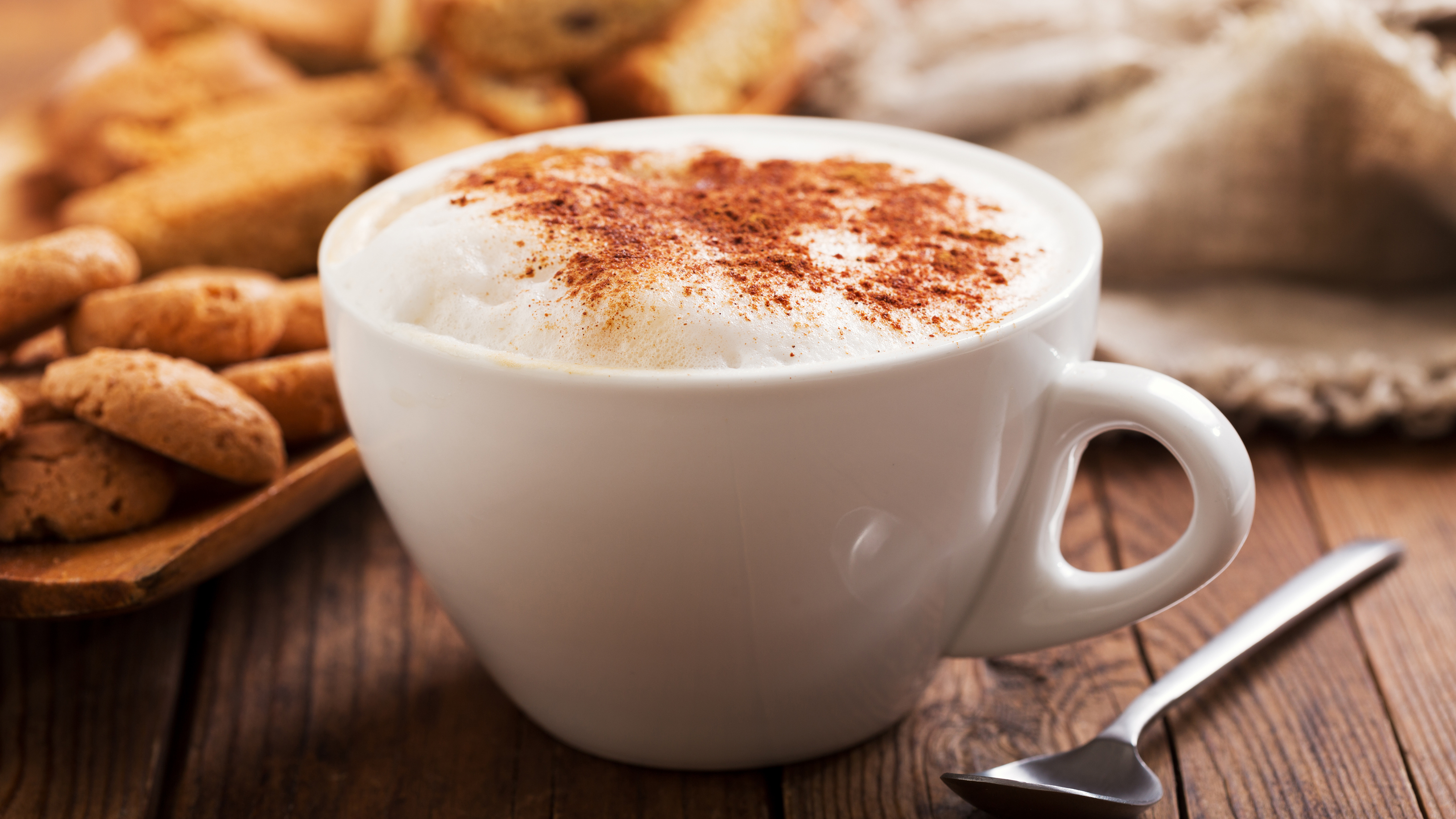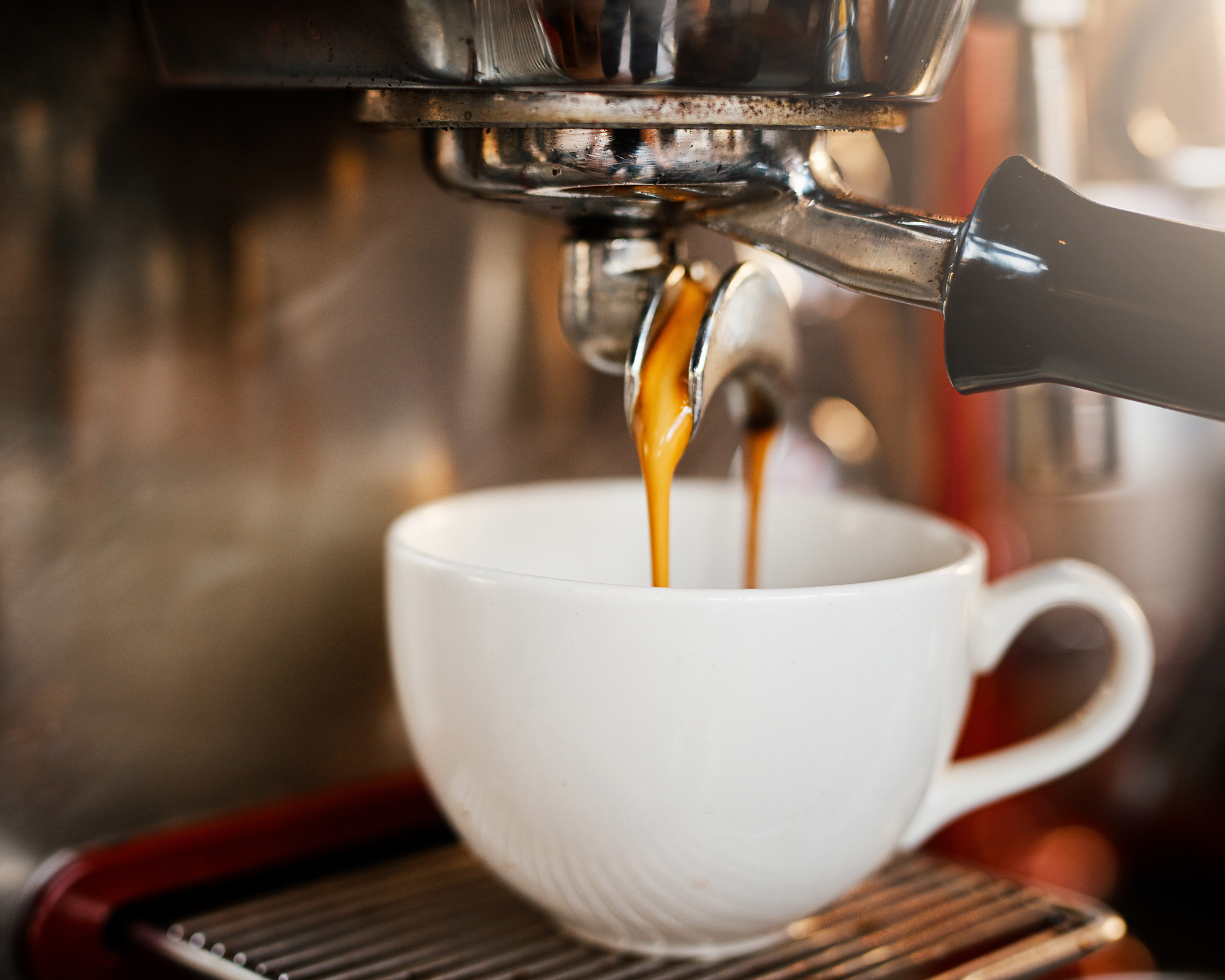How to make cappuccino like a pro
Learn how to make cappuccino – the queen of frothy coffees

Mmmm... cappuccino. If you want to learn how to make cappuccino, have just bought a brand new coffee machine, or you've had yours for a while and the art of the frothy coffee is still eluding you, this expert advice will help you nail this popular coffee type.
Some of the best coffee machines will, of course, make a cappuccino for you at the touch of a button. But what if you have a manual machine that requires you to froth the milk? Or, what if you don't have a machine at all and still want to learn how to make cappuccino at home? We've asked coffee experts to share their cappuccino-making secrets.
How to make cappuccino, according to experts
We've asked Robert Hunningher, Founder of Humdingers Catering, to give us the perfect cappuccino recipe. The classic cappuccino consists of espresso, steamed milk and foam, at a ratio of 1:1:1 of each. To make cappuccino, Hunningher recommends the following steps:
- Prepare an espresso in a warmed cappuccino mug.
- Fill milk midway up a frothing jug and lift the jug, so the wand is resting close to the side of the jug and only just immersed.
- Turn on the steam pump. The hot air will make milk swirl while heating it and add some volume. Submerge the wand a little more.
- You then need to stretch it. To stretch it you need to extract the wand from the milk slowly, and this will create the frothy foam you need for a perfect cappuccino.
- Tap the jug on a surface and swirl a little. This is called polishing and aids the perfect milk texture.
- Carefully pour into the center of your mug – an artful finish is optional but preferred.
Et voila! It might take you a few attempts to master the technique, but cappuccino is actually very easy to make. The best espresso machine with a milk wand will give you the results you want, although some pod and bean-to-cup models can also make a very decent cappuccino – but you will need to make sure that cappuccino is listed as one of the options on the machine you're planning to buy.

What is the difference between a latte and a cappuccino?
Hunningher explains that 'the difference between the two is the texture of the milk. A latte comes with purely steamed milk, while a cappuccino has both steamed milk and foam, and it is this foam that makes a cappuccino stand out from a latte.
'To put it simply, a latte is silky and milky and a cappuccino is creamy and dreamy – baristas hate this description, but that’s essentially what it is.'

How do you make a cappuccino without a machine?
This is a bit tricky – 'you cannot get a true cappuccino without some sort of a machine, whether it be a barista coffee maker or something akin to a Nespresso machine.' Basically, 'all cappuccinos are espresso-based and without a machine, you aren’t really going to be able to make espresso or froth the milk to a consistency of a traditional cappuccino.'
Get small space home decor ideas, celeb inspiration, DIY tips and more, straight to your inbox!
Having said, there's a little-known way around the problem. Hunningher advises that you can use a Moka (you can buy one from Amazon), 'which is a traditional espresso maker, and you can then fluff up the milk using a handheld milk frother and warmed milk.'
Yum. Or just go to your local cafe and enjoy your cappuccino made for you by a barista.
How hot does the milk need to be for a cappuccino?
This is not an idle question. Milk that's been overheated cannot froth correctly, so you cappuccino will be flat – and, needless to say, it will be too hot and unpleasant to drink. Professional roaster Lynsey Harley, of Modern Standard recommends streaming the milk 'to 131°F/55°C, adding air for the first couple of seconds to stretch it to create that thicker mouthfeel. Pour the milk into the espresso, and if you prefer, add a little chocolate.'
You can get a frothing pitcher with a thermometer on Amazon to help you hit that perfect temp.
Anna is a professional writer with many years of experience. She has a passion for contemporary home decor and gardening. She covers a range of topics, from practical advice to interior and garden design.